Japan Travel: Shibuya
The Dynamic Shibuya
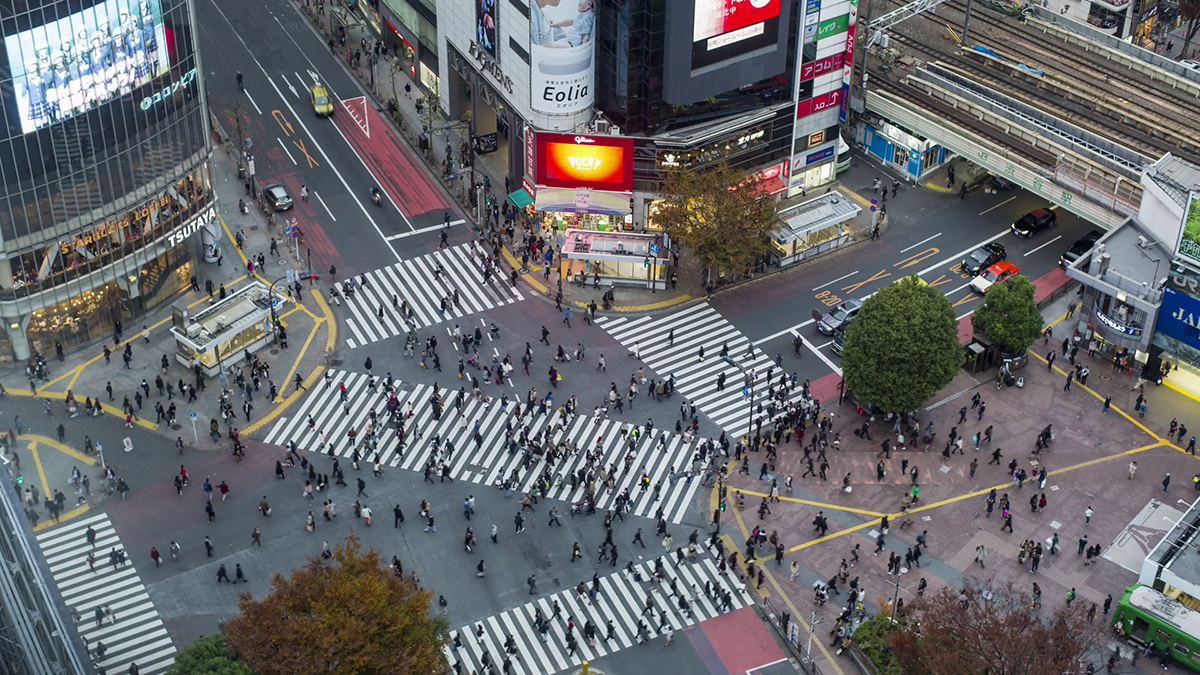
Photo credit: Google
Shibuya (渋谷区 Shibuya-ku), known as the most dynamic area of the city, is one of the 23 special wards of Tokyo. It develops around the area of the Shibuya Station, one of the busiest stations of the capital, that opens to the Shibuya Scramble Crossing, the most crowded street-crossing in the world.
All the buildings are covered by big screens that illuminate the whole ward as the sun sets. Streets are full of stores like the 109 (Ichi-maru-kyū), the iconic department store, and in particular music stores, restaurants and the famous “love hotels”. These can be found mainly in the so called Shibuya’s Love Hotel Hill. To make it all the more distinctive there are the young people leading the art of cosplay and….. well, Shibuya in one of the wards in which the Yakuza is more active!
If you don’t know what the Yakuza is, well the mystery is soon solved. It is the famous Japanese criminal organization divided in many different groups called ‘kumi’ or ‘bōryokudan’ (literally ‘violent group’) according to the legal terminology. It has its roots back to the Edo Period.
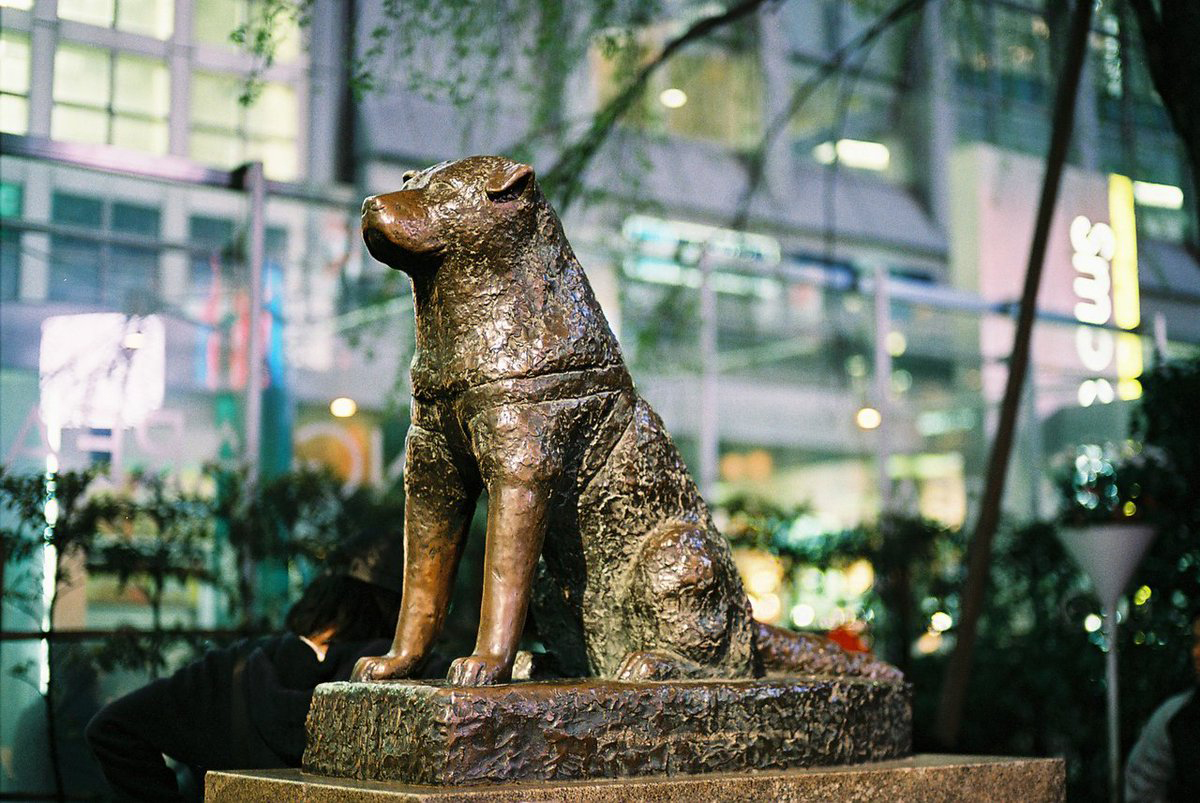
Photo credit: fotopedia.com
Yet, one of the main symbol of Shibuya is the monument dedicated to Hachiko, the dog that became famous for his loyalty to his owner, Hidesaburō Ueno. Unfortunately, the statue is just a reproduction of that original one that was lost in the Second World War.
One ward, many curiosities
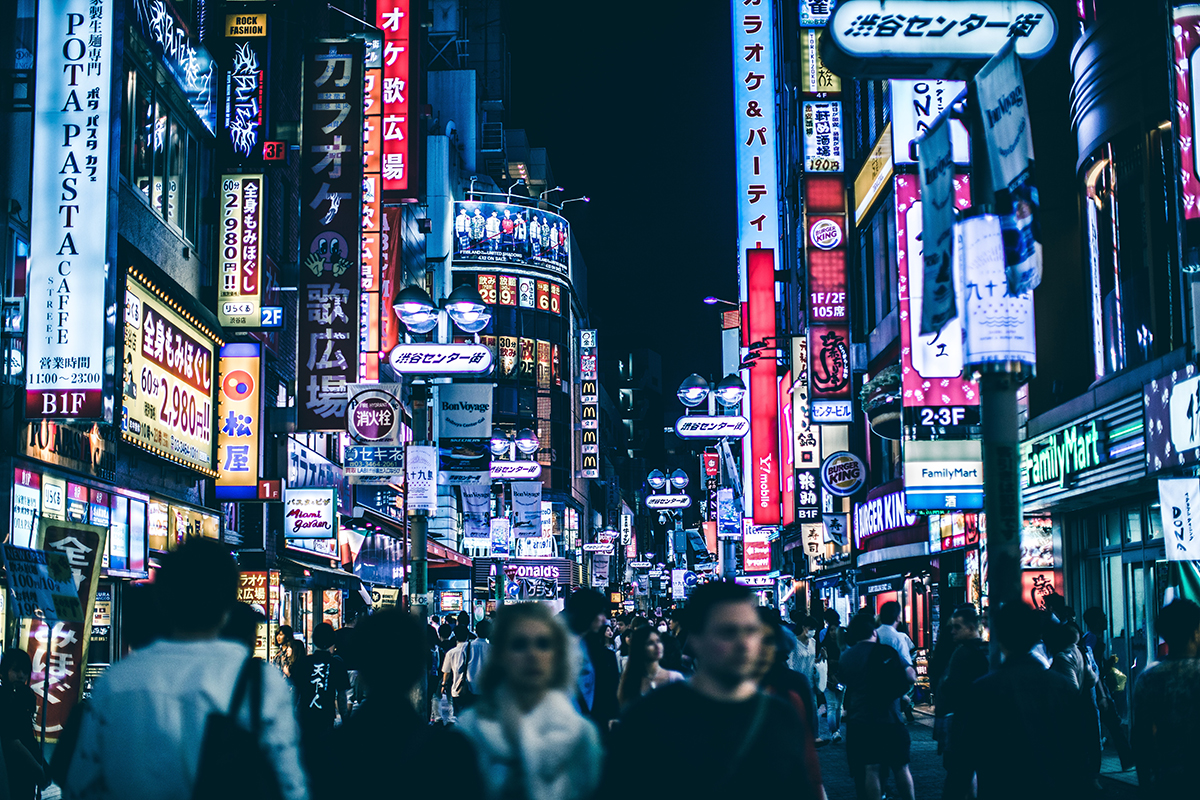
Photocredit: AndreBenz
Surely the name “Shibuya” is known to everyone. Those who love animes must have noticed that, for example, in Super Gals! there are many references to it. Not to mention that the protagonist has the habit of sitting on the statue of Hachikō to free her mind from all her thoughts! In the Digimon series the train for the “Digiworld” departs right from the Shibuya station. But its not only in animes that these kind of references can be found. In the Nintendo DS video game The World Ends with You, you have the chance to walk Shibuya’s streets faithfully reproduced in all their symbol places.
Last but not least, its right here that the musical genre of the Shibuya-kei was born as a fusion between electronic and pop music, and part of the J-pop genre.
Harajuku District
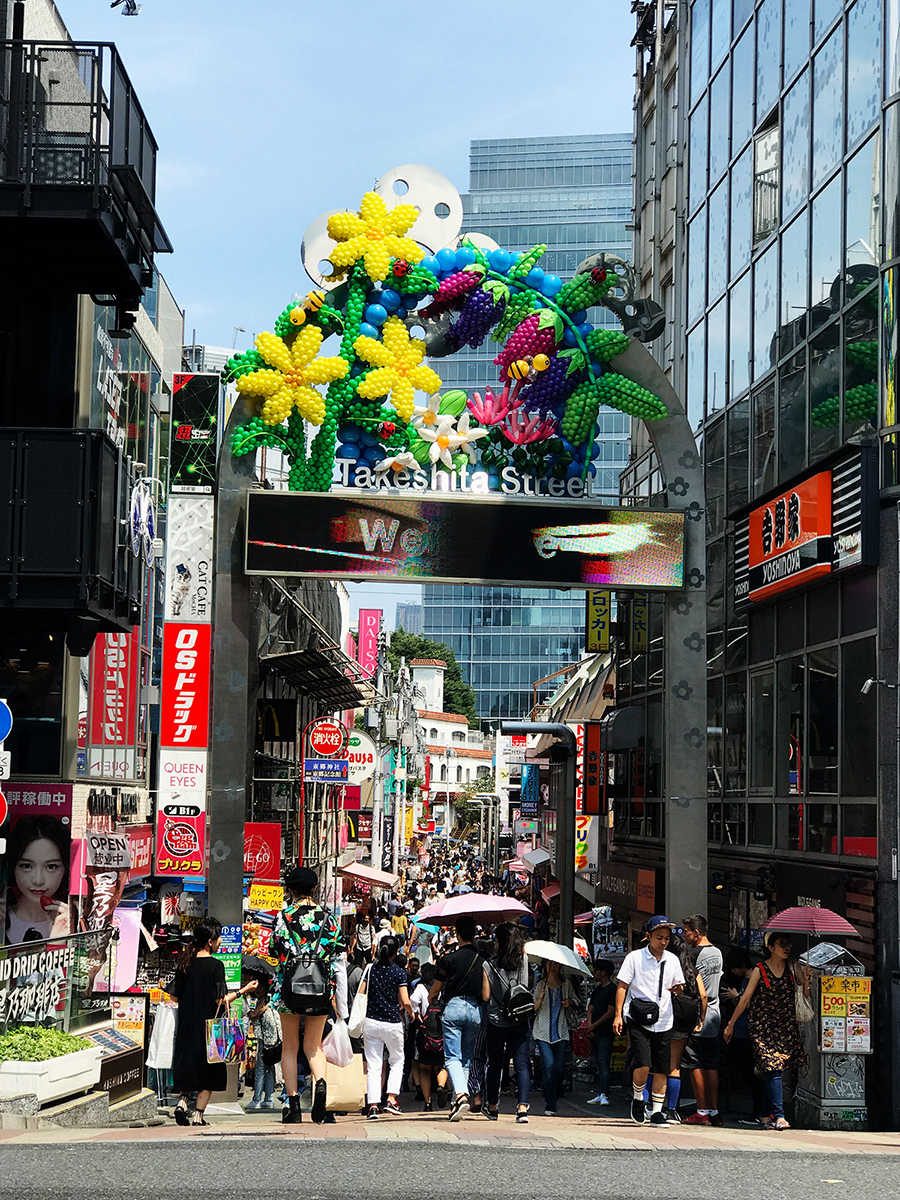
Photo credit: JAPAN ITALY BRIDGE
Harajuku (原宿 “meadow lodging” literally) is best known as the center of the Japanese extremely innovative youth trends. Two are the main shopping streets of the area, Takeshita and Omotesandō. The first one is dedicated to youth trends and is full of stores with many lolita, visual kei, rockabilly, punk and cyberpunk style items. Omotesandō, on the other hand, “Tokyo’s Champs-Élysées”, is dedicated to stores like Louis Vuitton, Chanel, Prada and Tod’s, just to name a few. The young girls that crowd Harajuku’s streets are identified as Harajuku girls. They are teens dressed according to many different styles, often very different from each other, but all with a distinguished eccentricity and very colorful. They are expressions of various subcultures, lolita, ganguro and kogal among the others
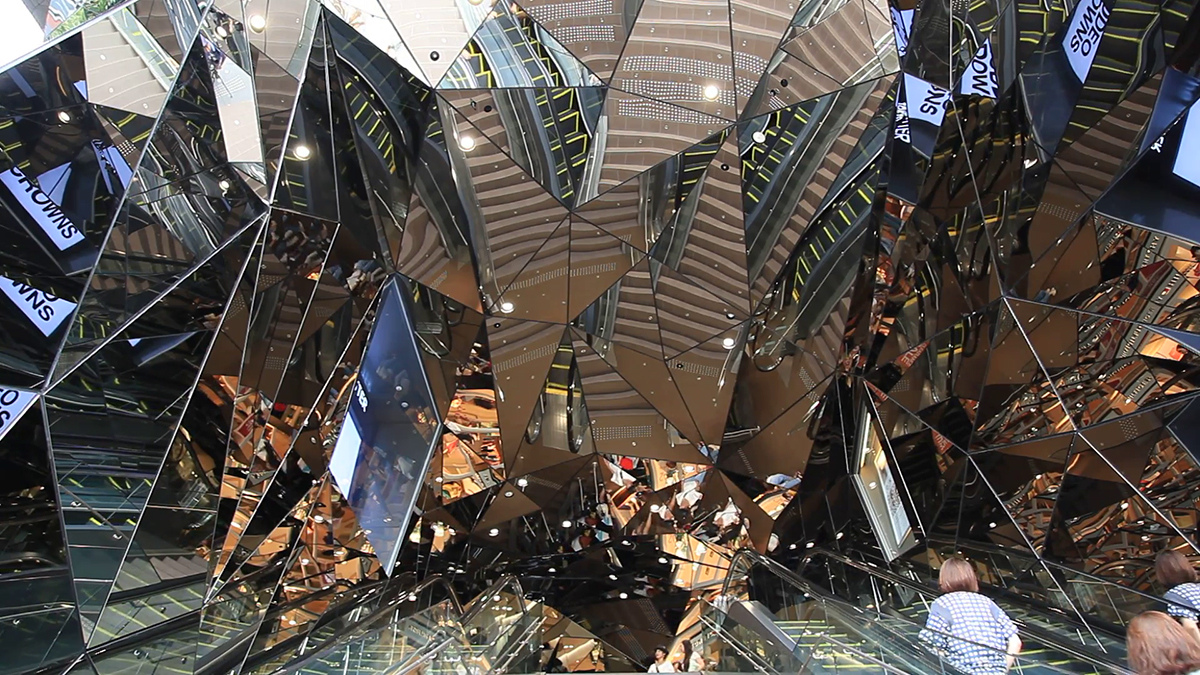
Photo credit: Google
Visual Kei was born here
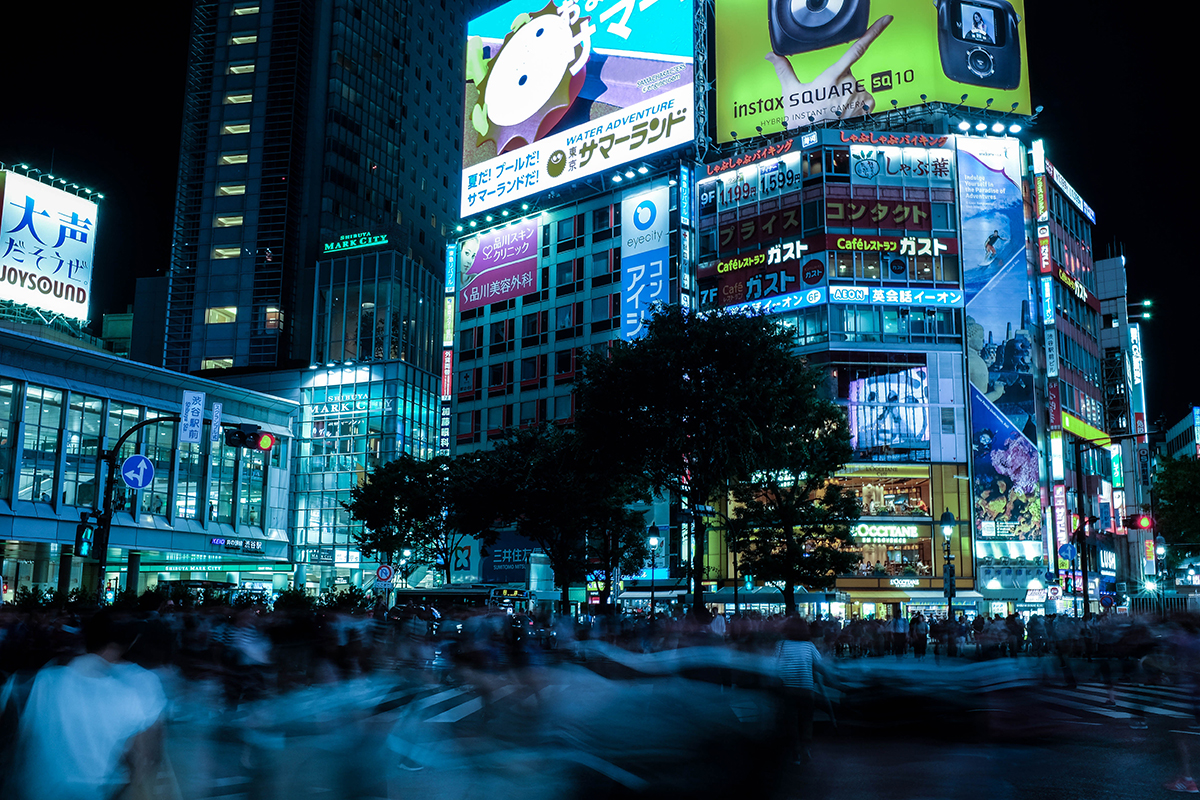
Photo credit: Alex Knigh
The musical genre of Visual Kei – from the English word visual and the Japanese word kei (系, “style”) – that was born around the end of the 80s, developed around this ward. The core of this genre is its aesthetic dimension. In fact, its various music bands distinguish themselves with the great theatricality and attention for the visual and scenographic aspect. One of the most distinctive elements is the exclusive presence of male musicians. This has its roots in the traditional Noh Theater where men play female roles as well.
Curiously, many think that the word “Visual Kei” derives from “Psychedelic violence crime of visual shock”, one of X Japan slogans, a band pioneer of the genre.
Harajuku is the perfect place to immerse yourself in this subculture, in particular on the Jingu Bashi (the sanctuary bridge), a pedestrian bridge that connects Harajuku’s center to the Meiji Shrine.

Photo credit: @camknows

Photo credit: tokyofashion.com
Share this:
- Click to share on Facebook (Opens in new window)
- Click to share on Twitter (Opens in new window)
- Click to share on Tumblr (Opens in new window)
- Click to share on Pinterest (Opens in new window)
- Click to share on Telegram (Opens in new window)
- Click to share on WhatsApp (Opens in new window)
- Click to share on Reddit (Opens in new window)
- Click to print (Opens in new window)






